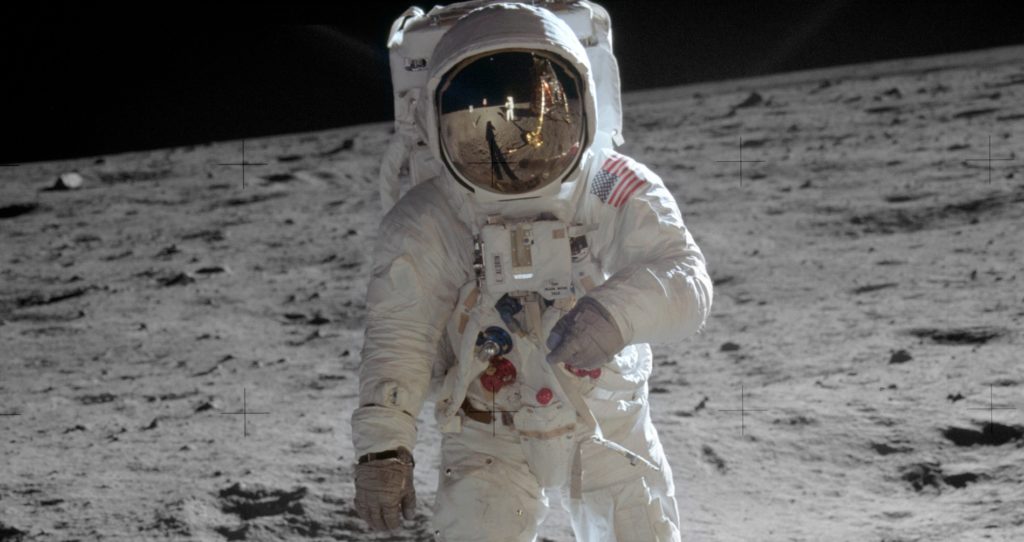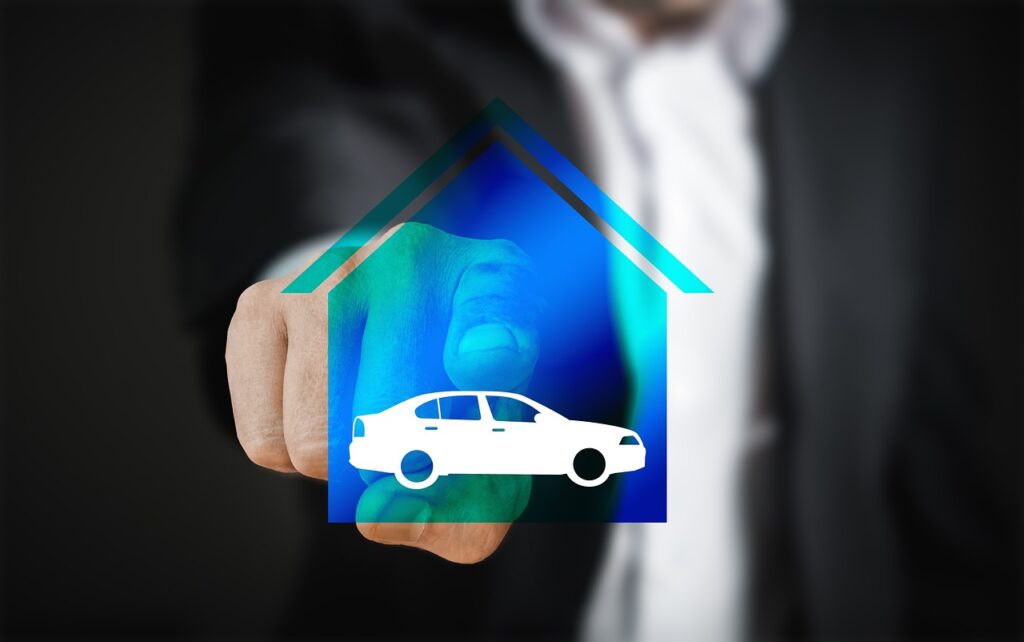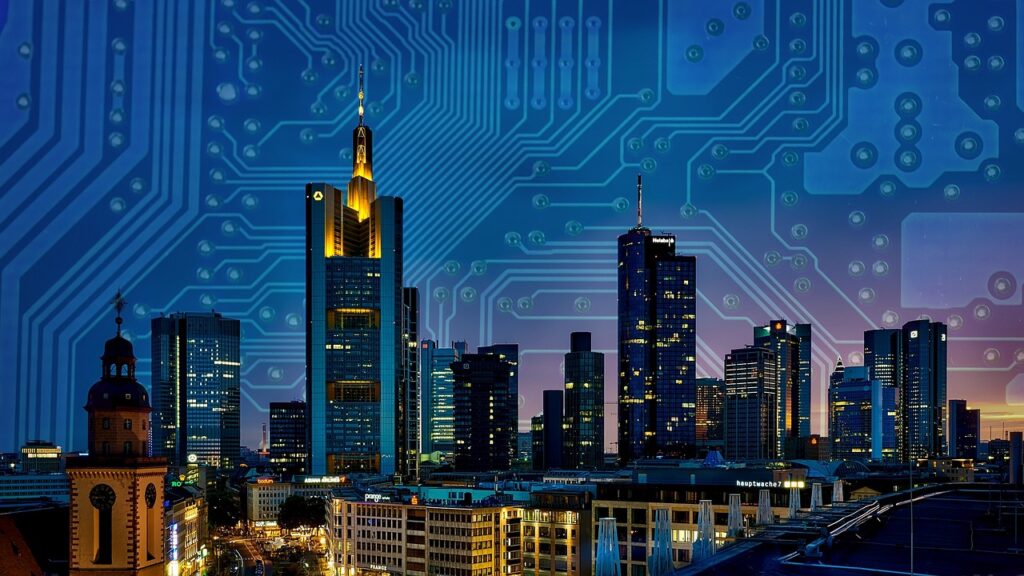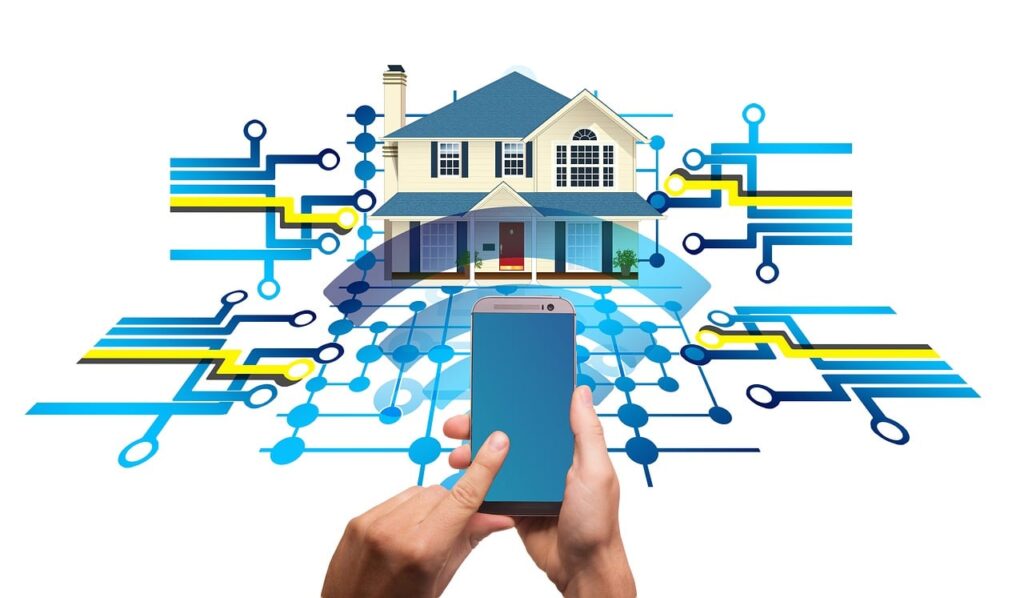When Neil Armstrong landed on the moon 50 years ago this month, he uttered famous words to the watching world. ‘This is one small step for man’, he said, ‘One giant leap for mankind’. Putting the first man on the moon was a huge leap forward in exploration as well as in the space race against Soviet Russia. However, the real ‘giant leaps’ for humankind, in general, would come a little later and are still benefitting us all every day.
Once the novelty of the moment wore off, many people started to question the space race. It was hugely costly, both in money and human lives. Plus, it absorbed some of the finest minds of its generation who could put their talents to use elsewhere. And all to put two men on a dead lump of rock orbiting our planet. It seemed, to many people, to be a wasteful and pointless process.
However, the efforts of the National Aeronautical and Space Administration, commonly known as NASA, have had a significant impact in so many ways. Far from being a single focus organization hell-bent on reaching the moon, NASA has been a breeding ground for new technologies that we all use every day. Without NASA, life would look rather different.
Things NASA Didn’t Give Us
Before we delve into the technology that NASA did give us, let’s dispel a few myths. Perhaps the most misquoted NASA achievement is the non-stick pan. Teflon was invented or rather discovered, like penicillin, by a scientist called Louis Hartmann in the 1950s. Far from being a result of the space program, Teflon was crucial to its success, as the only plastic coating capable of withstanding the demands of spaceflight. People will tell you that without the moon landings, we wouldn’t have Teflon, but it is the other way around.
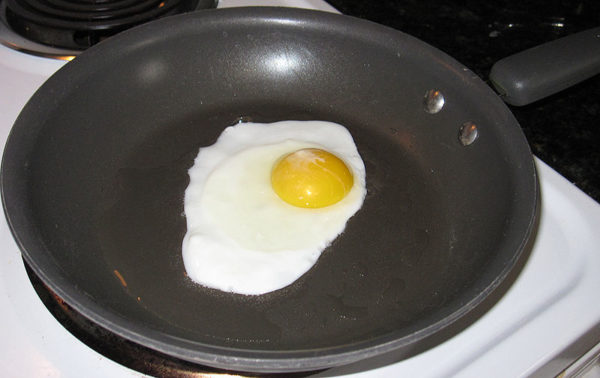
Similarly, many often attribute Velcro to NASA, but the truth is far more down to Earth. Velcro came about from the way that seeds stuck to the coat of Swiss engineer George de Mestral’s dog. He turned his observations into a world-leading fastening system widely used by NASA astronauts, but his original invention predated the moon landings by almost 30 years.
NASA Technology from Birth
There are endless ways in which NASA technology has become a part of our lives, almost from birth. As you take your first pictures of your new-born baby using your smartphone camera, you use NASA inventions. Before the creation of complementary metal-oxide semiconductors or CMOS, there was no way a camera would ever have fit into a phone. In making the essential miniaturizations needed for spaceflight, NASA helped create the science that made phone cameras possible.
As new parents, you also benefit from NASA innovations your tiny one takes its first feed of formula milk. Nutrition was a big issue for NASA and its astronauts, and much of the science they developed paved the way for formula milk. Two former NASA employees developed and patented the milk brand Formulaid.
Even your crib may have NASA tech built-in if it has a memory foam mattress. Close-fitting seats were essential for astronauts to minimize the stressed of take-off and landing. However, making bespoke seats for every individual was prohibitively complex and expensive. NASA technicians solved the problem by developing a foam that would mold closely to the astronaut’s body shape when in use, and then return to its base state afterwards, ready for the next user.
Everyday NASA Tech
Memory foam is not only useful in making comfy beds and airline seats, but it also has a big role to play in protecting athletes. You’ll find plenty of NASA tech is on show in the NFL, in helmets and body padding, protecting the best players as they fight it out to see who will make it to Super Bowl LIV this upcoming season. NASA tech even turns up in stadiums, with space-age fabrics used in retractable roofs — a fact that is no doubt appreciated by former Detroit Lions wide receiver Leland Melvin, the only man drafted by the NFL and has also been into space.
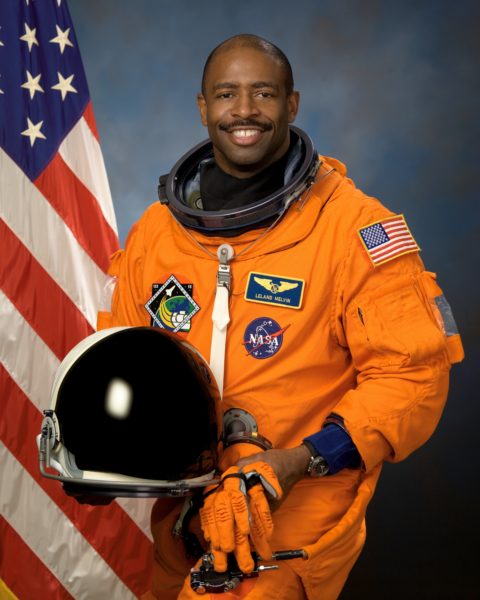
Of course, you don’t have to be a sporting superstar to enjoy the benefits of NASA research. If you wear glasses, then you’ve probably got a scratch-resistant coating that comes from space helmet designs. Even clear braces can trace their way back to spacecraft engineering.
Your Dustbuster may seem a long way from a space tool, yet this mini vacuum was a result of the research NASA did to create compact, handheld surface drills for collecting rock samples on the moon. Space tech appears everywhere in the home, from thin foil emergency blankets you find in your first aid kit to the infrared thermometer you use to take a temperature. Even the Super Soaker your family uses in water fights in the summer comes from a NASA engineer.
NASA Influence on the Future
The moon landings may be 50 years ago, but NASA is still active in space, and that makes them every bit as inspired and inventive as they’ve always been. Embedded web technology came into existence so that scientists could use the internet to monitor scientific experiments on the International Space Station. This same concept has now given birth to the internet of things or the IoT, which will ultimately allow us to control every aspect of our homes via our PC or smartphone.
Some say that war that drives invention, but as NASA has proved, that isn’t always the case. Sometimes, it is the sheer drive to explore and reach out beyond our planet that pushes us to rewrite the rules and reshape our understanding. And the further we look out from our world, the better that world becomes, from weather forecasts to GPS navigation, Cochlear implants to CAT scans, LED lights to home insulation. So, the next time you take ‘one small step’ in your state-of-the-art, foam soled sports shoes, remember who you must thank for all that comfort and support.
